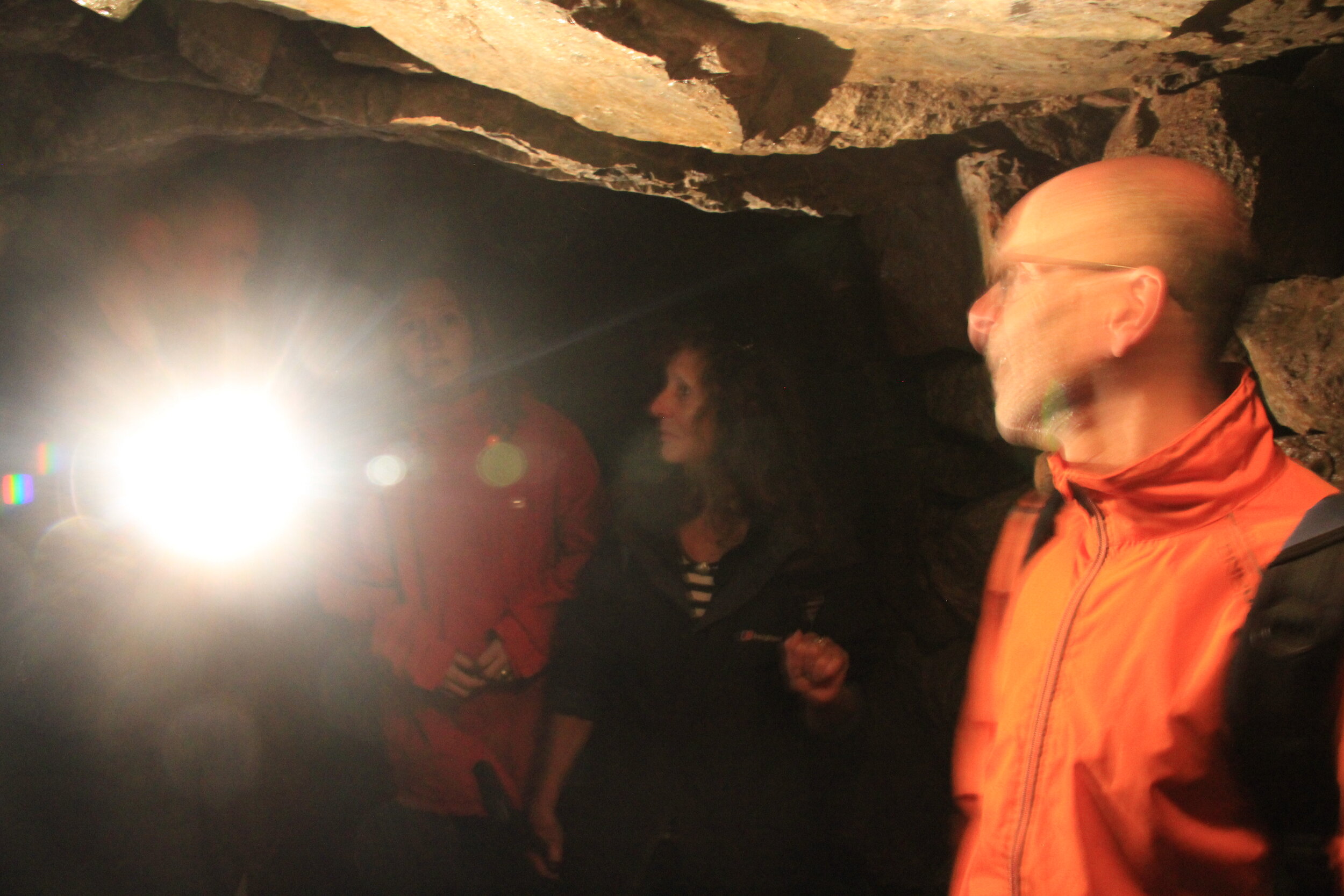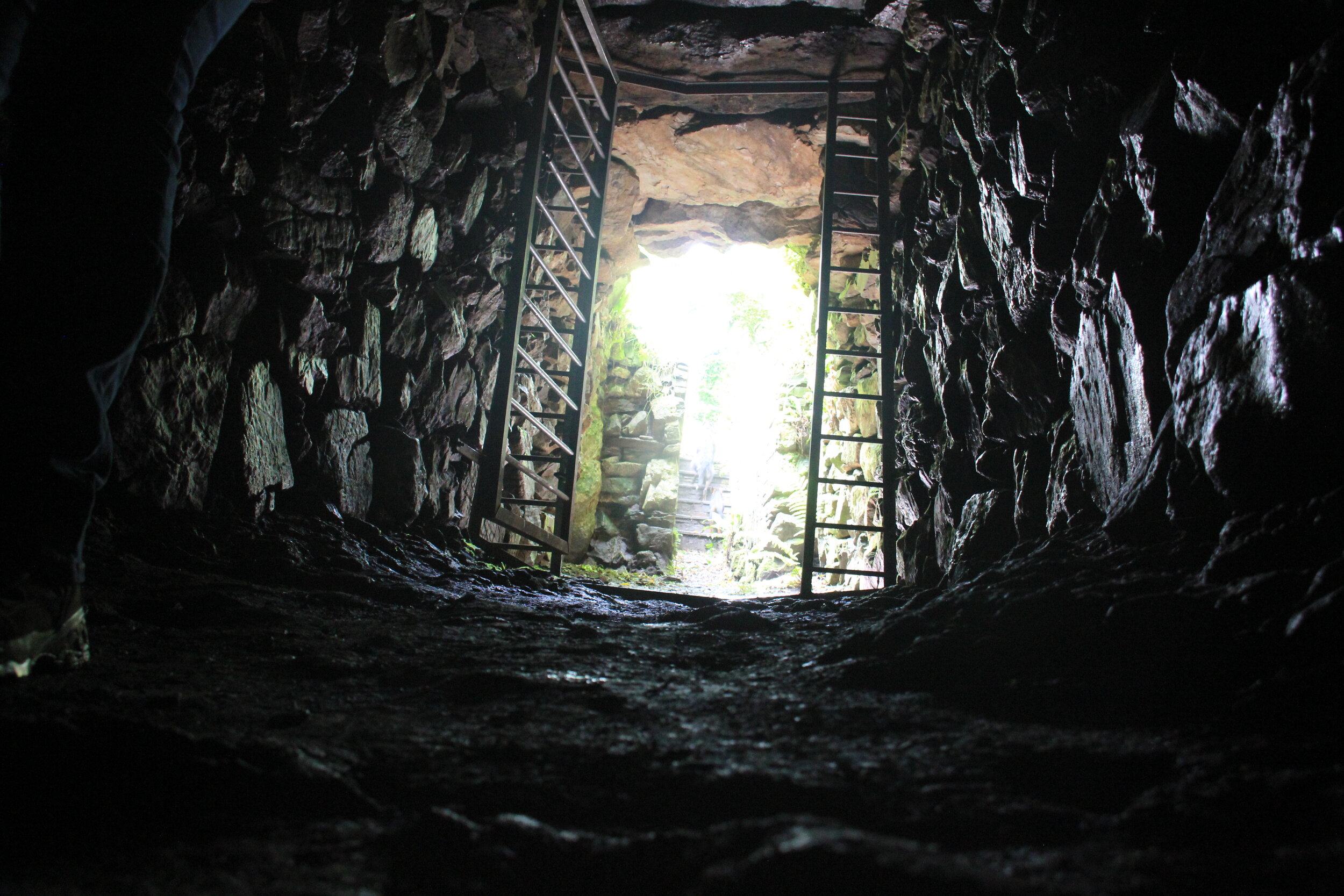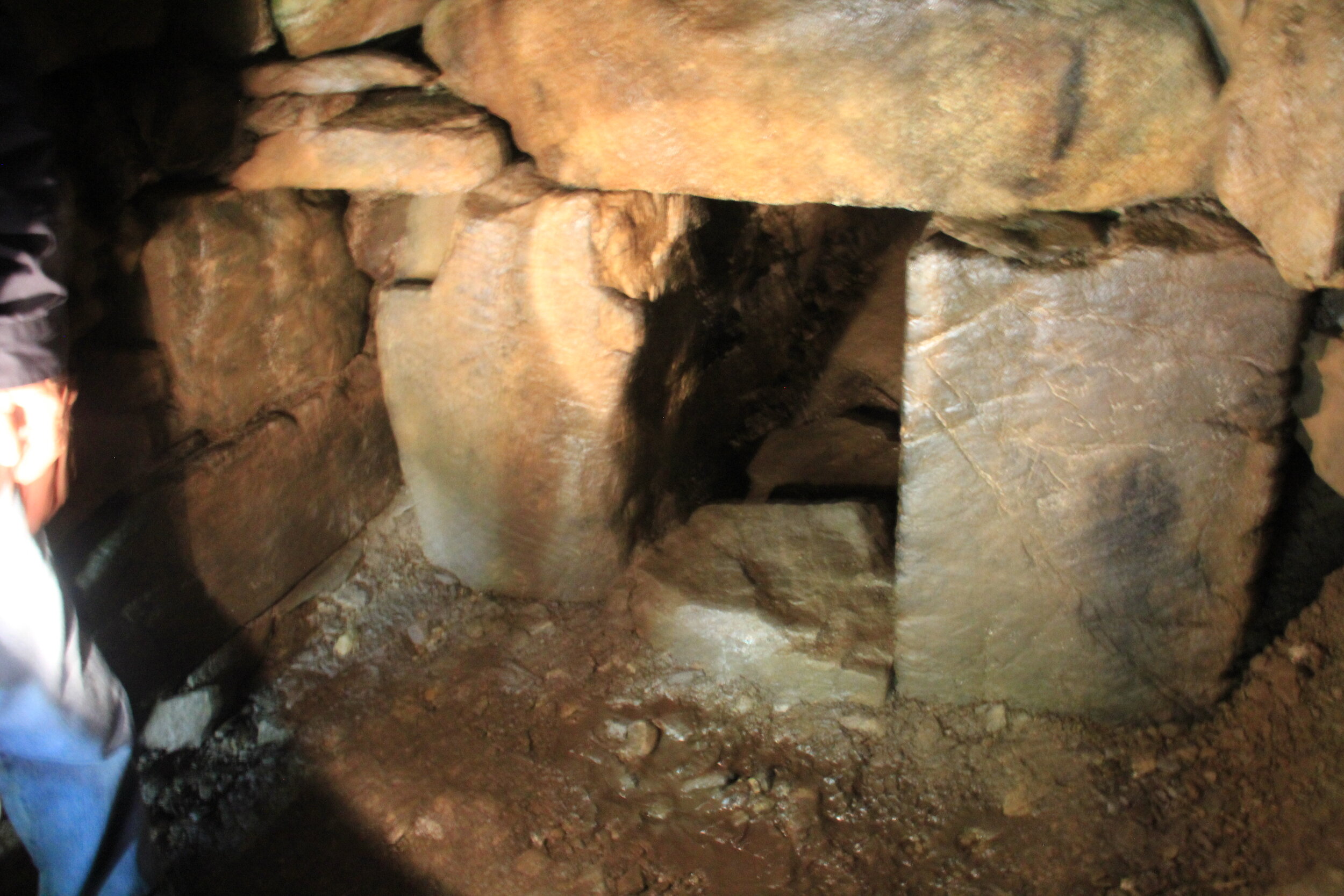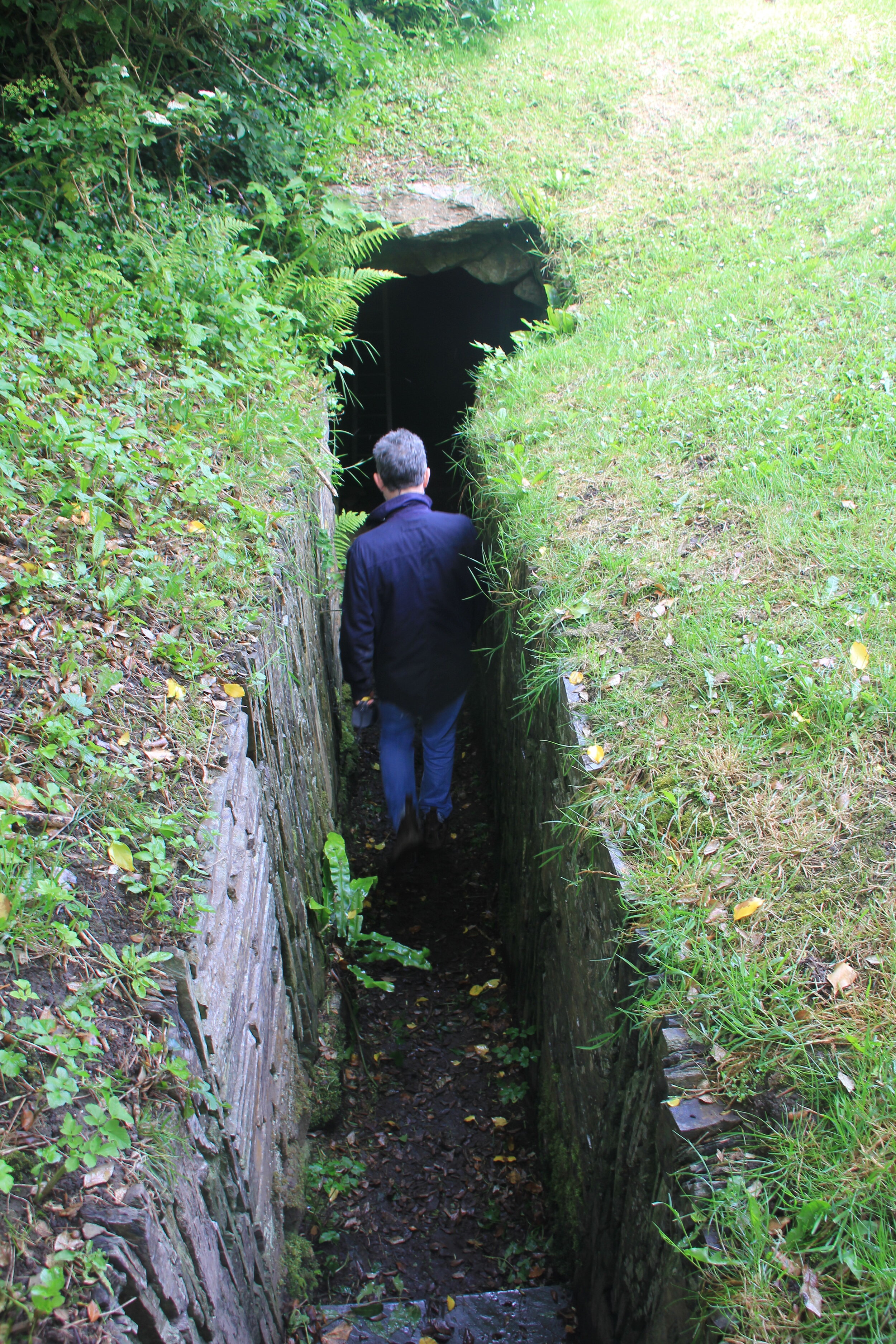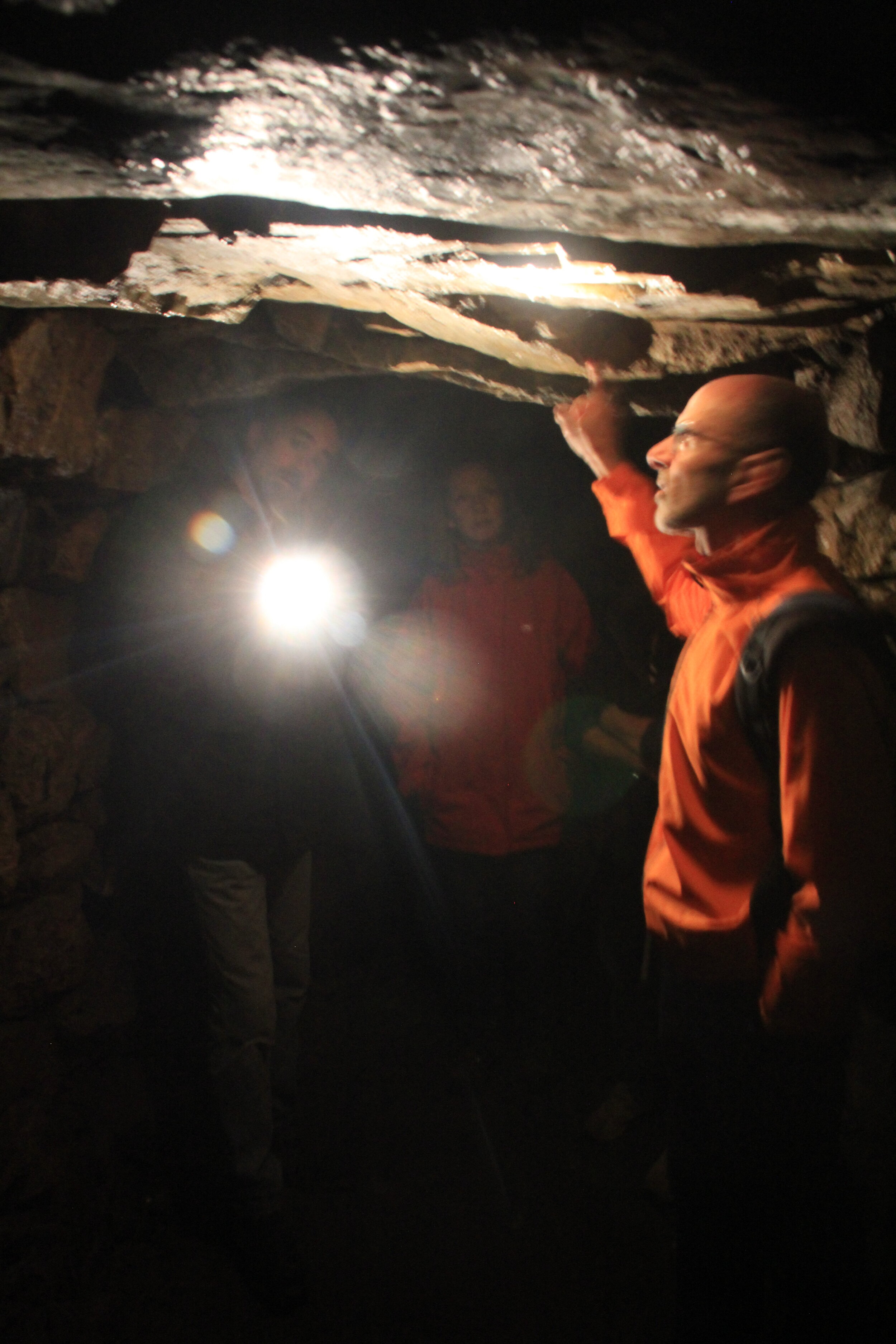Celebrated Cornwall - Trelowarren
The Lizard is a broad-backed craggy monster known for its windswept ways, but like all dragons and other mythical beasts it has a soft and gentle underbelly.
In the case of the Cornish Lizard - that rocky peninsula renowned for its bleak but somehow lovely downs - this means a place called Trelowarren: a demesne so dreamy that you can forget this century altogether as you walk amid its wide, sylvan, secret and altogether fascinating acres.
The big house at Trelowarren
If the gentry of old hadn’t had their regal way, blandness would undoubtedly rule huge corners of the West Country - and nowhere is this more true than the northern limits of the Lizard or, to put it another way, the southern shores of the River Helford. Not a single house, let alone an ugly estate of bungalows or villas - pollutes this amazing zone, and we have 600 years of Vyvyan family ownership to thank for that.
Britain’s old estates have for the most part gone, or they are saved by the National Trust for us all to enjoy, but every now and again one comes across a bit of countryside still in the ownership of an old family. These places tend to hold a particular fascination. They are the last of the secret zones where you can see the region as it used to be. Closed off from the rest of the world, with overgrown gardens, lost lanes and hidden coombes – the sort of locations that, one way or another, hark back to altogether more colourful times.
Few places in Britain have quite as much of this ‘lost-demesne’ feel as Trelowarren. The Vyvyan family moved there in 1427 – and the place is still run by a Vyvyan today. Fortunately, Sir Ferrers Vyvyan is a forward thinking man who is in the process of making financial sense out of his beautiful inheritance. This means opening the place up to the public. And this, in turn, means we can walk in his wonderful woods.
Sir Ferrers in front of his family’s historic clock
Which is exactly what I was up to a couple of years ago when the affable Sir Vyvyan took me for a walk around the estate which is now open to the public most of the year. This is what he told me as we walked…
“Trelowarren has a voluntary access scheme from February to September 30th, which means people are welcome to come and explore our own internal network of paths and the very deep long valley which separates the Lizard peninsula from the mainland. It’s called the Meneage Crush Zone and it’s the dividing boundary between Cornwall and the Lizard.
“The Lizard has its own flora and fauna and identity. This is like being abroad within Cornwall.”
Sir Ferrers is a passionate enthusiast when it comes to the landscape of his amazing Lizard hinterland, and has produced an explanatory walks leaflet which visitors can pick up at the estate office…
“You need it, really, to enjoy the landscape,” he said. “Because it does take a bit of picking apart. So pick up the leaflet and that will unlock the 18th and 19th century-designed landscape, which consists of a series of paths with features on it.
“Today we will walk to the Mount first of all, which is a pile of spoil on the site of an ancient barrow - but designed to give a viewpoint into Mounts Bay and the Channel.”
This part of the walk took us west, away from Sir Ferrers’ big manorial home - but not before we’d past a coach-house with a splendid clock mounted high on its roof. Sir Ferrers told us a remarkable story about how this clock was stolen several decades ago and given up for lost. Then, years later, one of his sisters was walking down a street in Belgium of all places when she saw it for sale in an antiques shop.
To avoid a big legal fuss, the family simply purchased the clock and had it reinstated back at Trelowarren.
The Trelowarren drive
The Mount, by the way, is the estate’s answer to an Egyptian pyramid, albeit a conical one. A path ascends this man-made hill in a spiral, and at the top there are the promised views of half of Western Cornwall.
After making our descent we walked half a mile around the edges of fields via farm tracks (there’s no point in my describing directions as hopefully you will pick up a walks leaflet) to an even more remarkable feature of the estate.
Halliggye is a collection of cottages centred on what, thousands of years ago, was an Iron Age fort - but this ancient place had more than just defensive works…
“Our extraordinary ‘fougou” is the largest and most intact of the Iron Age fougous in Cornwall,” said Sir Ferrers with pride, leading us down some steps into a black, man-made cavern.
“This place is generally unknown,” he added. “But it is a beautiful construction from over 2500 years ago.”
Pronounced “foo-goo”, these archaeological features are underground structures built of dry-stone, found on Iron Age or Romano-British defended settlement sites in Cornwall. And we went deep, deep, deep into the one at Halliggye until we reached a place where Sir Ferrers turned his torch off so we could experience just how utterly black and silent this spooky place could be.
What were fougous for? No one really knows. They could have been simply for the cool storage of foodstuffs, but I reckon the ancients had more than that in mind when they erected these mysterious, sepulchral places.
From Halliggye we descended north over a field to cross the main drive and enter into a leafy track which took us past several picturesque cottages. “Now it’s down again - into the Long Valley, where we can take a series of paths,” said Sir Ferrers. “This is the place where, if you want, you can walk all the way along to Tremayne Quay out on the river.”
As it turned out, we had to take a detour because of some logging operations, which Sir Ferrers promised would be cleared soon - but as we traversed some fields the baronet explained why it was that the River Helford has remained so utterly unspoiled.
Tremayne Quay
“It is, simply, really difficult to get access. Along the south bank there are farmlands which don’t have a lot of rights of way. My father gave Tremayne Quay - which our ancestors built so that Queen Victoria could come to the house - to the National Trust, so now you can do the Tremayne Quay walk, which is incredibly well used by locals and visitors alike. You get to see some of the most beautiful parts of the Helford where ancient oak woodlands pour down over the bluff and down to the river’s edge.
“My great uncle controlled that south bank from Frenchman’s Creek up to Gweek and he was absolutely determined in the 1930s and 40s when he was having to sell a lot of land that he wasn’t going to allow any built development along the banks of the river. If you travel upriver today you will see the results - you won’t find a landscape like that in many places any longer.”
The woodland walk now brought us back to the heart of the Trelowarren estate where - apart from the grand house - there is a very good restaurant in the old stable-yard.
A cottage on the Trelowarren estate
Sitting there having a spot of lunch we spoke about Daphne du Maurier who knew Trelowarren well. Most famously, she based the manor house in Frenchman’s Creek on the dreamy demesne, but she also wrote that it was: “The most beautiful place imaginable – a shock of surprise and delight, lying indeed like a jewel in the hollow of the hand.”
Having now stayed in one of Trelowarren’s luxury holiday cottages and walked around its sylvan acres, I can but agree. .
Fact File
Basic hike: Circular route through woods in Trelowarren Estate.
Recommended map: Ordnance Survey Explorer 103 The Lizard – alternatively get the estate’s woodland walk leaflet – tel: 01326 221224 or by looking at the estate website: www.trelowarren.com
Distance and going: Our route was just over three miles – muddy in places.
My old friend, the late Richard Barber, who joined me on a walk around the estate many years ago










